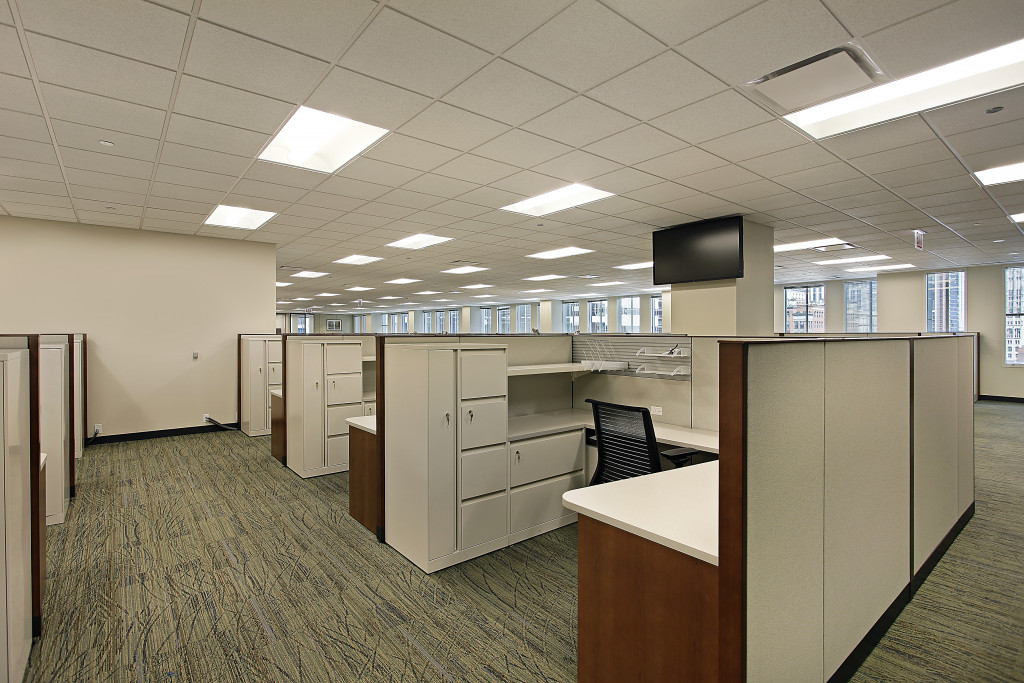It’s no secret that a happy, productive workforce is crucial to the success of any company. Office morale will depend on many factors, such as the work environment, company culture, and employee interactions. However, one factor that companies usually overlook is the importance of lighting in the office.
Poor lighting can cause eye fatigue and headaches, decreasing productivity, and even sick days. The office must have good lighting to create a healthy and productive work environment. However, it can be more challenging than it seems. You might need a guide to improving the lighting in your office. Fortunately, these tactics can help you get started.
Discussing Standard Office Lighting
Regarding lighting in the office, it’s crucial to comply with relevant regulations. Standards for office lighting have been developed over many years and ensure that workers will have safe, comfortable, and adequate lighting.
The standards consider the various tasks that office workers perform, as well as the different types of work environments. They also take into account the impact of lighting on health and productivity.
Companies must comply with these standards, as they can help to create a healthy and productive work environment. Lighting meeting these standards can help reduce eye fatigue and headaches and improve overall morale.
Knowing the different types of lighting and how you can use them to comply with the standards will be necessary. The most common type of office lighting is fluorescent lighting.
Natural Lighting

Natural lighting is one of the most important aspects of a healthy work environment. It helps to regulate our circadian rhythm, which in turn helps to improve our mood and productivity. Also, natural light boosts our overall mood and energy levels.
To take advantage of the benefits of natural light, your office should have plenty of windows that allow ample sunlight. You might consider installing artificial skylights if your office doesn’t have enough windows. Alternatively, you can use light therapy lamps to get your daily dose of natural light.
If you can make renovations, you can install plantation shutters to control the amount of light that comes into your office. Plantation shutters can also help to reduce glare on computer screens and make it easier to work. It would also be best to consider using light-colored paint or wallpaper to reflect natural light and brighten up your office space.
Whatever you do, ensure you avoid working in a dark room all day. It’s unhealthy and will impact your mood and productivity.
Artificial Lighting
While natural lighting is essential, you’ll also need to supplement it with artificial lighting. The best way to do this is to use a combination of task and general lighting. Task lighting should be bright enough to illuminate your work area without causing eye strain. It would be best if you could adjust the task lighting to fit your needs. For example, you might want to use a desk lamp when working on paperwork and turn it off when using the computer.
Meanwhile, general lighting should provide enough light to make it easy to move around the office without being too bright. You can achieve this by using overhead fluorescent lamps or LED lights.
It’s also essential to consider the color temperature of your office’s artificial lighting. A cool color temperature will help to improve focus and concentration, while a warm color temperature will help to relax and reduce stress.
You should also be aware of the danger of blue light exposure. Blue light comes from computer screens, smartphones, and other electronic devices. It can cause eye strain and headaches and disrupt our sleep cycle. To avoid these problems, you can install blue light filters on your devices or use glasses that block blue light.
You can also adjust the lighting in your office to minimize blue light exposure. For example, you might want to use warmer-colored bulbs with a lower color temperature. Or you might want to turn off the overhead lights and rely on task lighting and lamps instead.
Personal Lighting
In addition to general and task lighting, you might also want to consider personal lighting. It is a type of lighting that you can control yourself. For example, you might want to use a desk or floor lamp to supplement the light in your office.
Personal lighting allows you to customize the light in your office to fit your needs. It also allows you to adjust the light level throughout the day. For example, you might want to use a brighter light when working on a project and a dimmer light when taking a break.
It might not be a necessary addition to your office, but personal lighting can help to improve your mood and productivity.
The Bottom Line
The bottom line is that lighting is essential to a healthy and productive work environment. By taking advantage of natural light and using the correct artificial lighting, you can create an office space perfect for your needs.




